According to the United Nations Conference on Trade and Development (UNCTAD) report, global FDI flows in 2023 reached $1,300 billion, down 2% from the previous year and marking the second consecutive year of decline. However, 2024 recorded a slight recovery, with total global FDI reaching $1,370 billion. In the first half of 2025, the recovery trend continued, with total registered FDI increasing by about 4% compared to the same period in 2024, mainly due to the recovery in emerging markets in Asia and some regions in Africa.
In 2025, global FDI flows will continue to focus on high-tech, digital economy and renewable energy sectors, reflecting the trend of digital transformation and sustainable development. According to the UNCTAD report, FDI in green growth projects in developing countries has increased sharply in recent years and this trend is forecast to continue in 2025. Large projects, such as the $34 billion green hydrogen project in Mauritania, are evidence of the shift towards environmentally friendly sectors.
Semiconductor, artificial intelligence (AI) and renewable energy industries are becoming the focus of capital attraction. Countries such as Vietnam, India and Singapore are taking advantage of their young human resources and preferential policies to attract large technology corporations from the US, Japan and the EU. For example, Vietnam recorded a total registered FDI capital of 21.52 billion USD in the first 6 months of 2025, with 55.6% of capital flowing into the processing and manufacturing industry, especially high-tech manufacturing.
Supply chain disruptions in recent years, coupled with trade tensions between major economies, have prompted multinational companies to restructure their supply chains. US and European companies are reducing their reliance on China, with the share of US FDI projects in China falling from 5.2% in 2019 to 1.8% in 2023. Instead, destinations such as Vietnam, India and Mexico are emerging as new manufacturing hubs.
A notable trend in 2025 is the implementation of the Global Minimum Tax (GMT), promoted by the Organization for Economic Cooperation and Development (OECD) to limit transfer pricing and ensure fairness in tax competition. This poses a challenge for countries that rely on tax incentives to attract FDI, but at the same time opens up opportunities to improve the transparency and sustainability of the investment environment.
FDI flows from developing countries are growing faster than those from developed countries, accounting for 6% of global FDI by 2023. Countries such as China, South Korea and Singapore are expanding their investments abroad, especially into Southeast Asian and African markets. This reflects a shift in global investment, with emerging economies playing an increasingly important role.
Despite many positive signals, global FDI flows also face some major challenges.
First, the quality of infrastructure in many developing countries remains a barrier.
Second, the labor skills gap is a problem. For example, in Vietnam, only 40% of the workforce meets the requirements of Industry 4.0.
Third, shortcomings in the legal environment and low level of transparency.
In addition, geopolitical risks, such as the Russia-Ukraine conflict and US-China tensions, also continue to affect FDI flows, making investors more cautious in choosing destinations.
Source: https://baodautu.vn/von-dau-tu-toan-cau-tap-trung-vao-cac-linh-vuc-cong-nghe-cao-kinh-te-so-d338660.html


![[Photo] Da Nang: Hundreds of people join hands to clean up a vital tourist route after storm No. 13](https://vphoto.vietnam.vn/thumb/1200x675/vietnam/resource/IMAGE/2025/11/07/1762491638903_image-3-1353-jpg.webp)









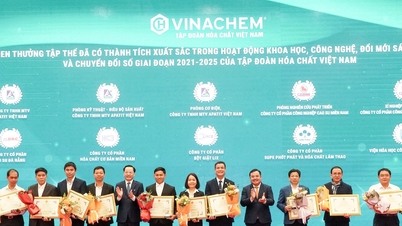




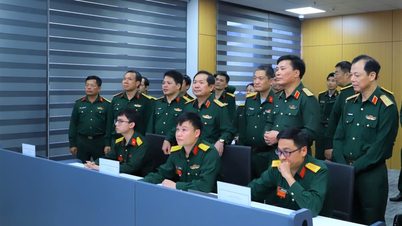










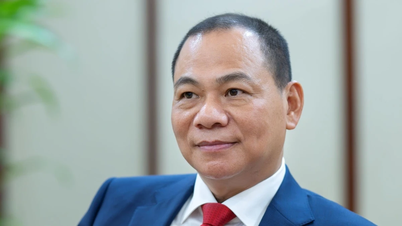









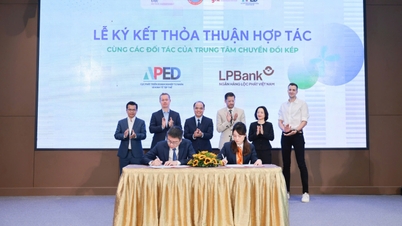











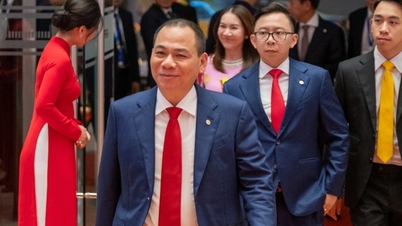






























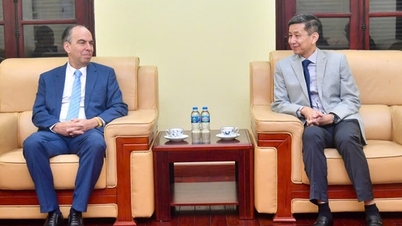
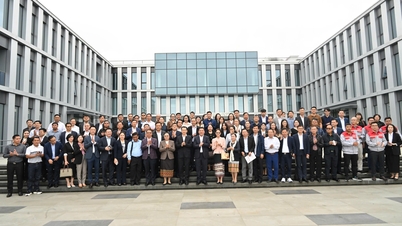


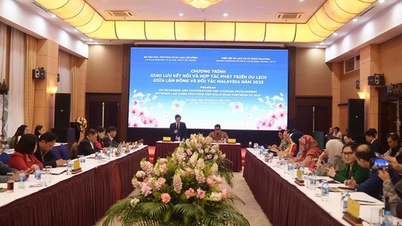


























Comment (0)